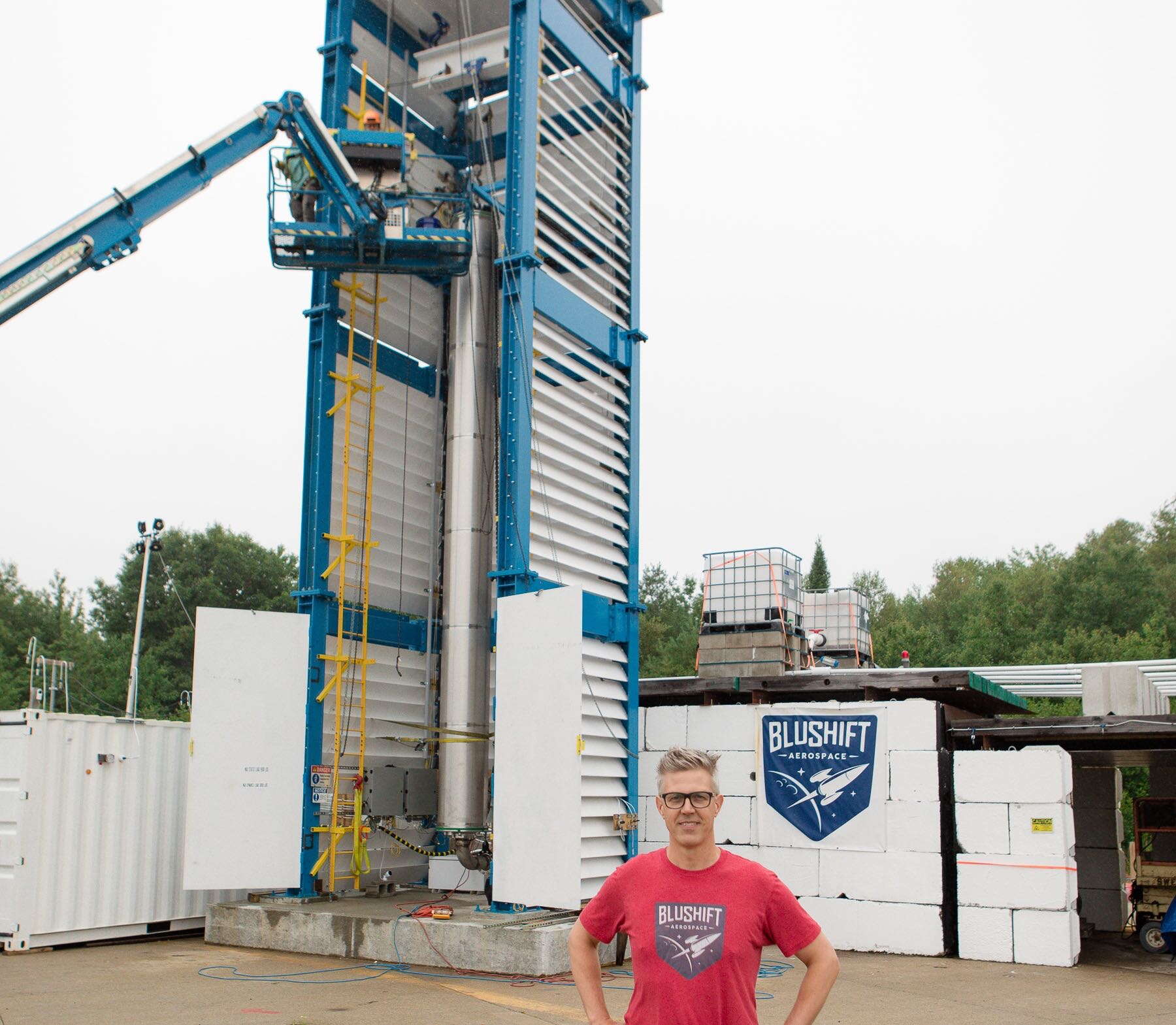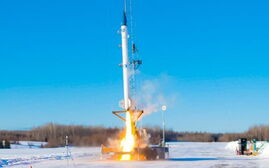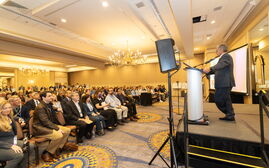
Processing Your Payment
Please do not leave this page until complete. This can take a few moments.
- News
-
Editions
-
- Lists
-
Viewpoints
-
Our Events
-
Event Info
- Women's Leadership Forum 2025
- On the Road with Mainebiz in Bethel
- Health Care Forum 2025
- On The Road with Mainebiz in Greenville
- On The Road with Mainebiz in Waterville
- Small Business Forum 2025
- Outstanding Women in Business Reception 2025
- On The Road with Mainebiz in Bath
- 60 Ideas in 60 Minutes Portland 2025
- 40 Under 40 Awards Reception 2025
- On The Road with Mainebiz in Lewiston / Auburn
- 60 Ideas in 60 Minutes Bangor 2025
Award Honorees
- 2025 Business Leaders of the Year
- 2024 Women to Watch Honorees
- 2024 Business Leaders of the Year
- 2023 NextUp: 40 Under 40 Honorees
- 2023 Women to Watch Honorees
- 2023 Business Leaders of the Year
- 2022 NextUp: 40 Under 40 Honorees
- 2022 Women to Watch Honorees
- 2022 Business Leaders of the Year
-
-
Calendar
-
Biz Marketplace
- News
-
Editions
View Digital Editions
Biweekly Issues
- April 21, 2025 Edition
- April 7, 2025
- March 24, 2025
- March 10, 2025
- Feb. 24, 2025
- Feb. 10, 2025
- + More
Special Editions
- Lists
- Viewpoints
-
Our Events
Event Info
- View all Events
- Women's Leadership Forum 2025
- On the Road with Mainebiz in Bethel
- Health Care Forum 2025
- On The Road with Mainebiz in Greenville
- On The Road with Mainebiz in Waterville
- + More
Award Honorees
- 2025 Business Leaders of the Year
- 2024 Women to Watch Honorees
- 2024 Business Leaders of the Year
- 2023 NextUp: 40 Under 40 Honorees
- 2023 Women to Watch Honorees
- 2023 Business Leaders of the Year
- + More
- 2022 NextUp: 40 Under 40 Honorees
- 2022 Women to Watch Honorees
- 2022 Business Leaders of the Year
- Nomination Forms
- Calendar
- Biz Marketplace
With high-tech tank, Brunswick rocket maker bluShift takes next step to space flight
 Photo / Courtesy, bluShift Aerospace
BluShift installs a stainless-steel oxidizer tank at the company’s newly expanded test stand in Brunswick, as the company prepares for a space-qualifying test of its proprietary rocket engine.
Photo / Courtesy, bluShift Aerospace
BluShift installs a stainless-steel oxidizer tank at the company’s newly expanded test stand in Brunswick, as the company prepares for a space-qualifying test of its proprietary rocket engine.
The Brunswick aerospace startup bluShift is one step closer to space flight, with the installation of a 30-foot-tall oxidizer tank at its headquarters at Brunswick Landing.
BluShift is the first company in the world to build a rocket engine that runs entirely on a nontoxic, bio-derived solid fuel. With the oxidizer tank, the company will be able to keep the engine fired up.
“The liquid oxidizer is what provides oxygen to sustain combustion with the fuel that lines the wall of our combustion chamber,” bluShift’s founder and CEO, Sascha Deri, told Mainebiz.
The oxidizer flows from the tank and is injected into the top end of a combustion chamber, which is currently housed behind a concrete barrier at the company’s newly expanded test site at the Landing.
The tank is flight-ready. The next step is to conduct a “full-duration hot fire test” of the company’s proprietary MAREVL rocket engine, as the company prepares to use the engine to launch a rocket into a suborbital launch.
The “hot fire test” is similar to “static fire” tests that bluShift has conducted at a smaller scale in recent years.
“This hot fire test will be three times longer than we've ever run the engine before,” said Deri. “And it is the length of time we need to run the engine to get our suborbital rocket to space before it comes parachuting down.”

Leading up to the big, full-duration burn test, the company will do a number of additional tests, including pressurizing the tank with water to test for leaks and then performing a cold flow test that simulates the oxidizer but uses liquid carbon dioxide.
“The cold flow just ensures that the full test sequence works as expected and that there are no failure points” such as faulty equipment, he said.
He expects the full-duration test to be conducted later this summer.
The stainless steel tank was custom-made by Steel-Pro Inc., an employee-owned manufacturer in Rockland that has a long history in the maritime and pharmaceutical industries.
All in, the cost of the reusable tank — including the components manufactured internally — approached $100,000.
“Once we validate the performance in this more rugged configuration, we'll connect this new flight-ready oxidizer tank directly to a similarly flight-ready combustion chamber in a vertical flight configuration,” said Deri.
“The full duty-cycle burn is a major milestone for every rocket company in their progression toward commercial launch, and our team has worked extraordinarily hard over the last year to get to this stage.”
The upcoming engine test is projected to create up to 20,000 pounds of thrust over 60 seconds, said Deri. If successful, it will demonstrate that the engine can propel a small rocket all the way to space.
The tank is designed to carry roughly 400 gallons of oxidizer. The company’s test stand was recently quadrupled in height to 40 feet and re-engineered to tolerate greater amounts of heat, vibration and pressure.
Click here to view the installation of the tank at the new test stand.
Last month, bluShift said it secured $2.3 million to accelerate the development of small satellite launches using its fuel, with the goal of scaling operations for commercial suborbital launch in 2025.
Once perfected, the hybrid rocket engine will be used to propel the company’s reusable, single-stage launch vehicle, named Starless Rogue, to space. The goal is to provide commercial launch services for small satellites, to and offer research customers up to 400% more time in microgravity than what’s commercially available today.














0 Comments